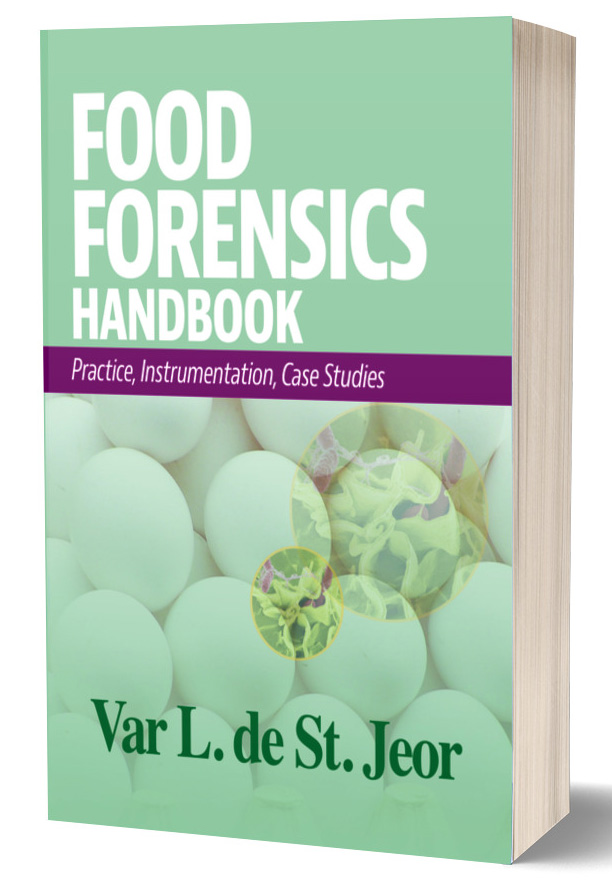Salmonella, Campylobacter Caused 94 Percent of Australia’s Foodborne Illnesses in 2017

Credit: Polina Tankilevitch (polina-tankilevitch) via Pexels
Campylobacterosis and salmonellosis were the most common foodborne illnesses reported in Australia in 2017, according to the recently released OzFoodNet annual report. OzFoodNet is Australia’s network for monitoring and responding to foodborne diseases.
The Australian Government Department of Health and Aged Care funds state and territory health departments to maintain an OzFoodNet site in each jurisdiction. A coordinating epidemiologist oversees all OzFoodNet sites to ensure the use of consistent methodologies in monitoring and investigating foodborne illnesses and outbreaks. OzFoodNet also includes collaborators from The Australian Government Department of Agriculture and Water Resources, Food Standards Australia New Zealand (FSANZ), and the Public Health Laboratory Network. In 2017, OzFoodNet covered all Australian states and territories, with an estimated population of nearly 25 million.
For the annual report, data on enteric illnesses for the year of 2017 was collected from the National Notifiable Diseases Surveillance System (NDSS), to which public health professionals are required to notify cases of important infectious diseases. Notifiable enteric (and often foodborne) diseases include botulism; campylobacteriosis (caused by Campylobacter); cholera (caused by Vibrio cholera); hemolytic uremic syndrome (HUS) and Shiga toxin-producing Escherichia coli (STEC) infection; hepatitis A virus infection; hepatitis E virus infection; listeriosis (caused by Listeria moocytogenes); typhoid fever, paratyphoid fever, and salmonellosis (caused by Salmonella), and shigellosis (caused by Shigella).
A total of 47,652 enteric diseases notifications were reported in Australia in 2017, including 179 foodborne illness outbreaks that affected 2,130 people, resulting in 290 hospitalizations and five deaths. Campylobacteriosis and salmonellosis were the most commonly reported foodborne illnesses, with 28,432 (60 percent of cases) and 16,416 (34 percent of cases) notifications, respectively. Shigellosis was the third most reported enteric disease, accounting for 4 percent of notifications with 1,745 cases, and STEC followed with 496 cases (1 percent of notifications). The remaining 1 percent of reported diseases comprise hepatitis A infection (216 cases), typhoid fever (143 cases), listeriosis (71 cases), paratyphoid fever (68 cases), hepatitis E infection (47 cases) HUS (14 cases), botulism (2 cases), and cholera (2 cases).
According to the report, changes in diagnostic laboratory testing procedures—such as the increasing uptake of culture independent diagnostic testing (CIDT) using polymerase chain reaction (PCR), and the introduction of multiplex PCR—may be one cause for an increase in notifications for campylobacteriosis, salmonellosis, shigellosis, and STEC since 2014.
Regarding instances of campylobacteriosis in Australia, the annual report notes a steadily increasing trend, with a decrease in 2012–2013 that may be attributed to work conducted with poultry processors to control Campylobacter contamination. While some cases of campylobacteriosis were associated with six foodborne illness outbreaks caused by poultry, meat, and dairy products, the majority of cases were not associated with an outbreak. For the cases that speciation information was available, C. jejuni was most commonly identified serotype (84 percent).
Salmonellosis notification rates have increased significantly since national notification began in Australia in 1991, with a slight dip in 2017. S. Typhimurium is the most commonly identified serotype (58 percent) among Salmonella outbreaks. Eggs continue to be a significant source of S. Typhimurium infection across the country, with 49 egg-related outbreaks affecting at least 746 people in 2017. Other notable foodborne Salmonella outbreaks were linked to rockmelon, mung bean sprouts, papaya, bagged salads, and chicken. In total, 102 foodborne Salmonella outbreaks occurred in Australia in 2017.
Limitations of the annual report include the general underreporting of enteric illnesses. Research in Australia has estimated that only 28 percent of people experiencing gastroenteritis seek medical attention, according to the report. Also cited in the report are studies indicating that for every salmonellosis case notified to a health department in Australia there are an estimated seven salmonellosis infections in the community, for every notified STEC case there are an estimated eight STEC infections, and for every notified campylobacteriosis case there are an estimated ten campylobacteriosis infections.
Looking for a reprint of this article?
From high-res PDFs to custom plaques, order your copy today!







